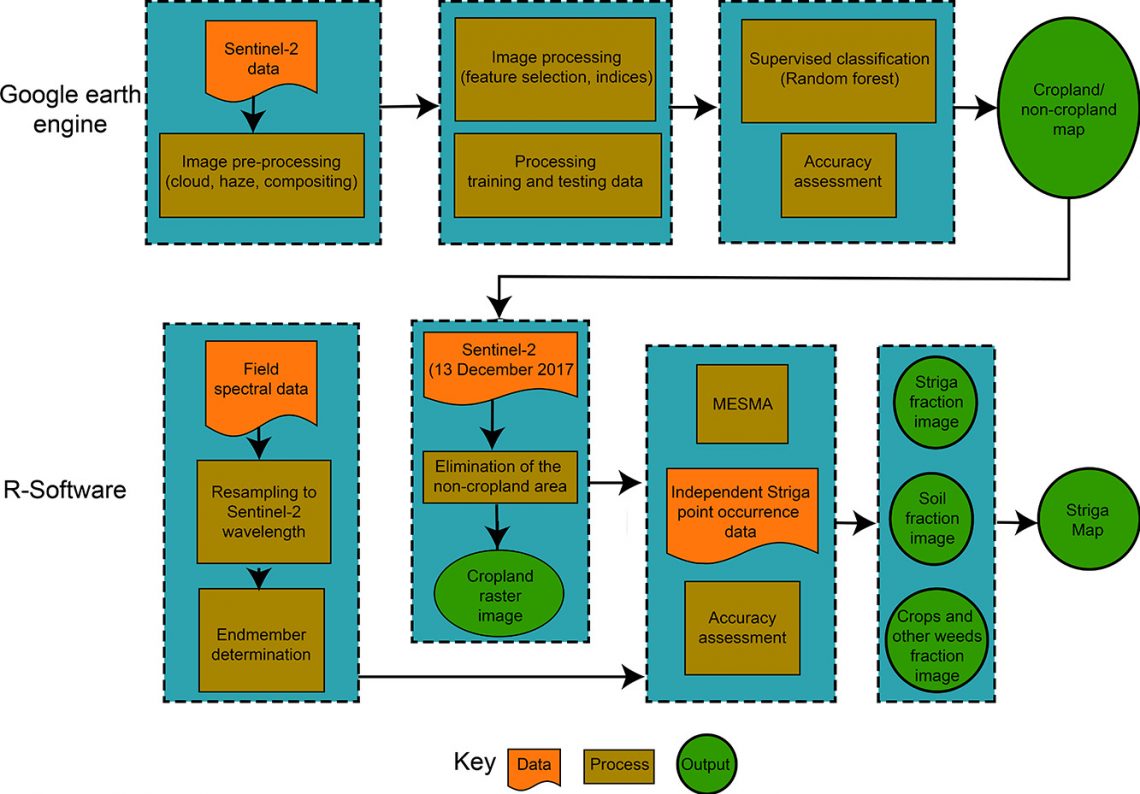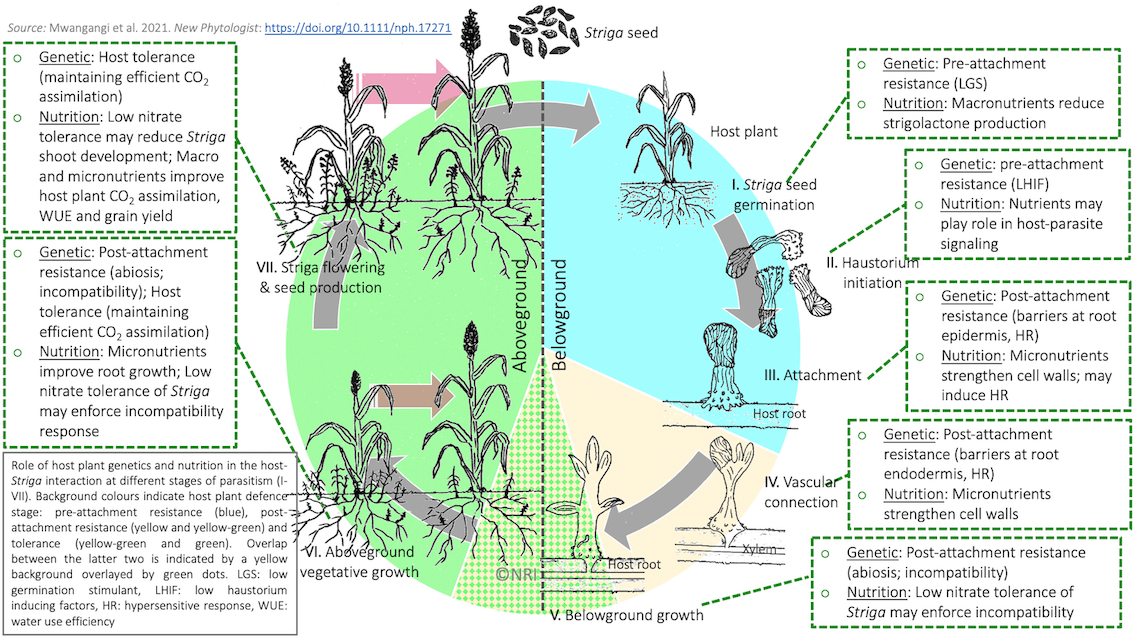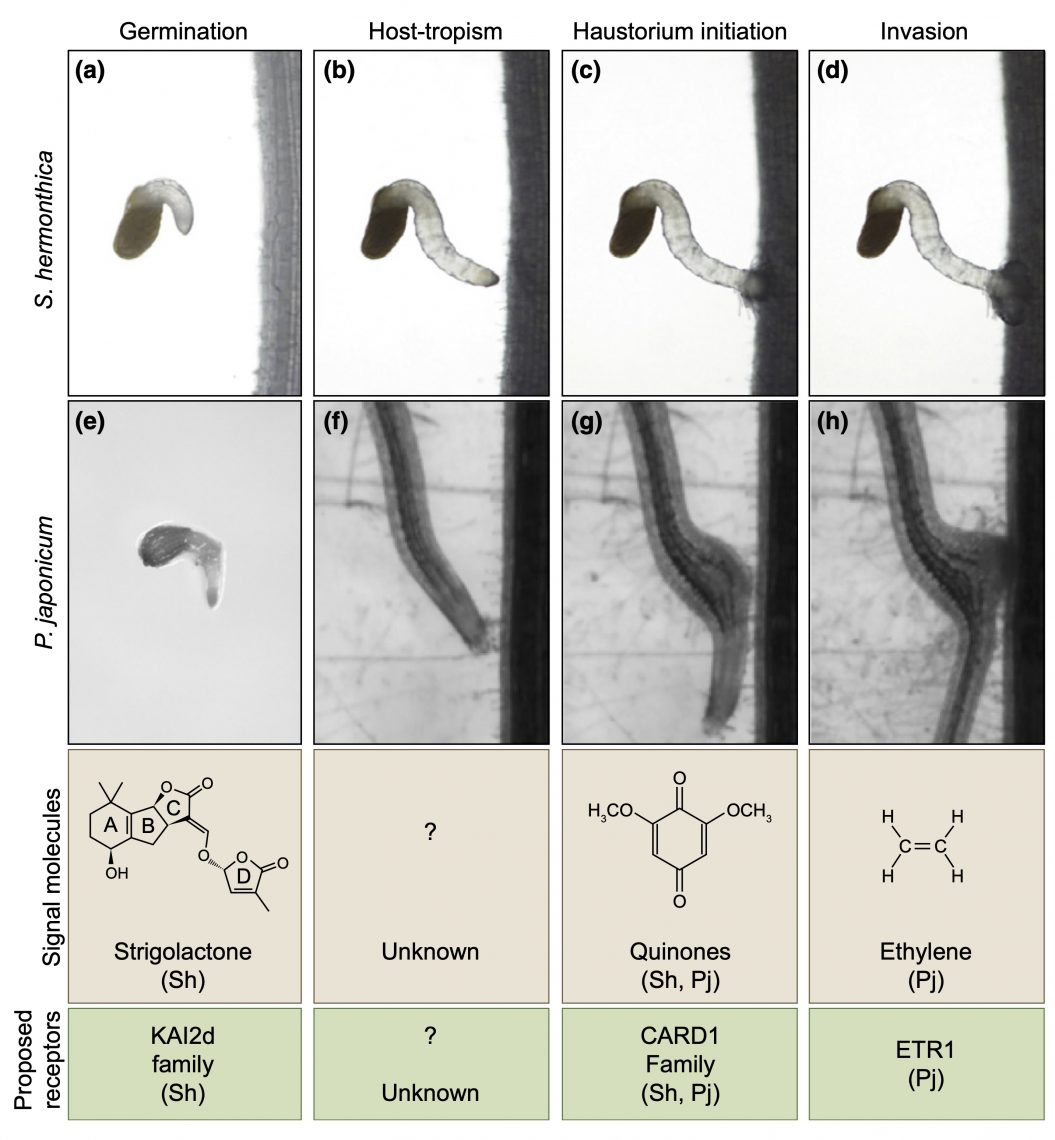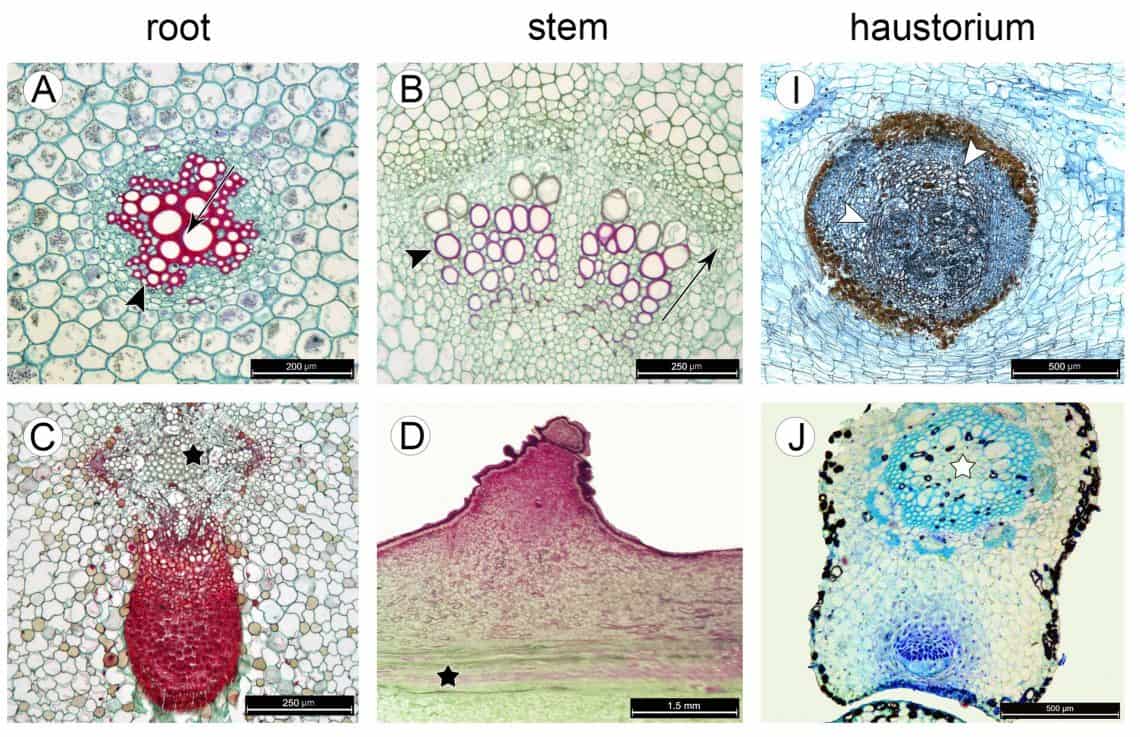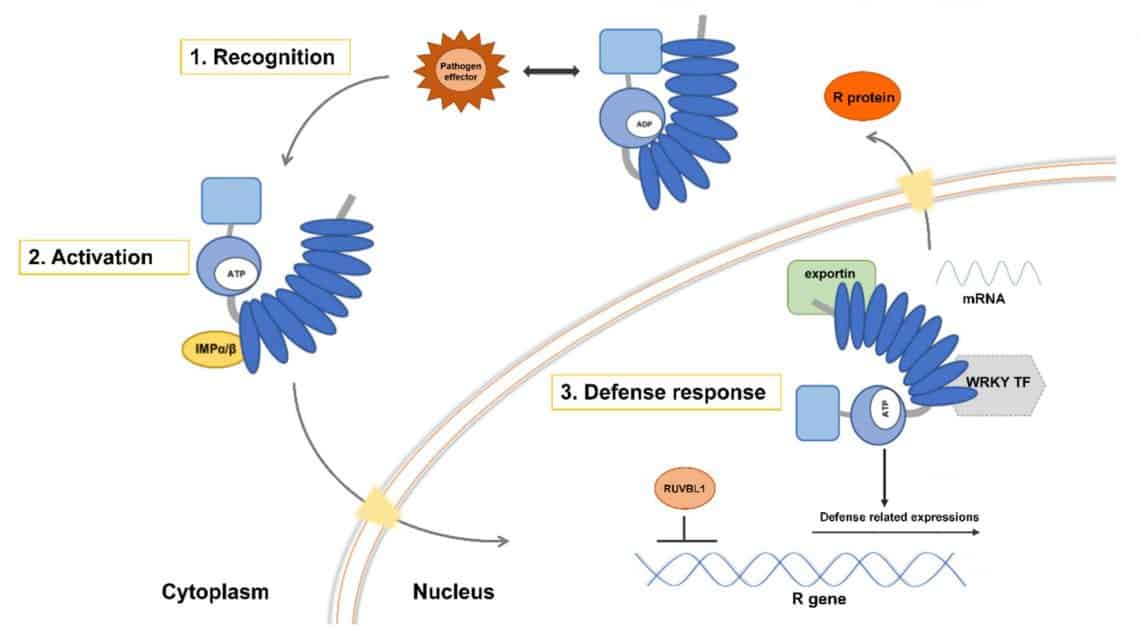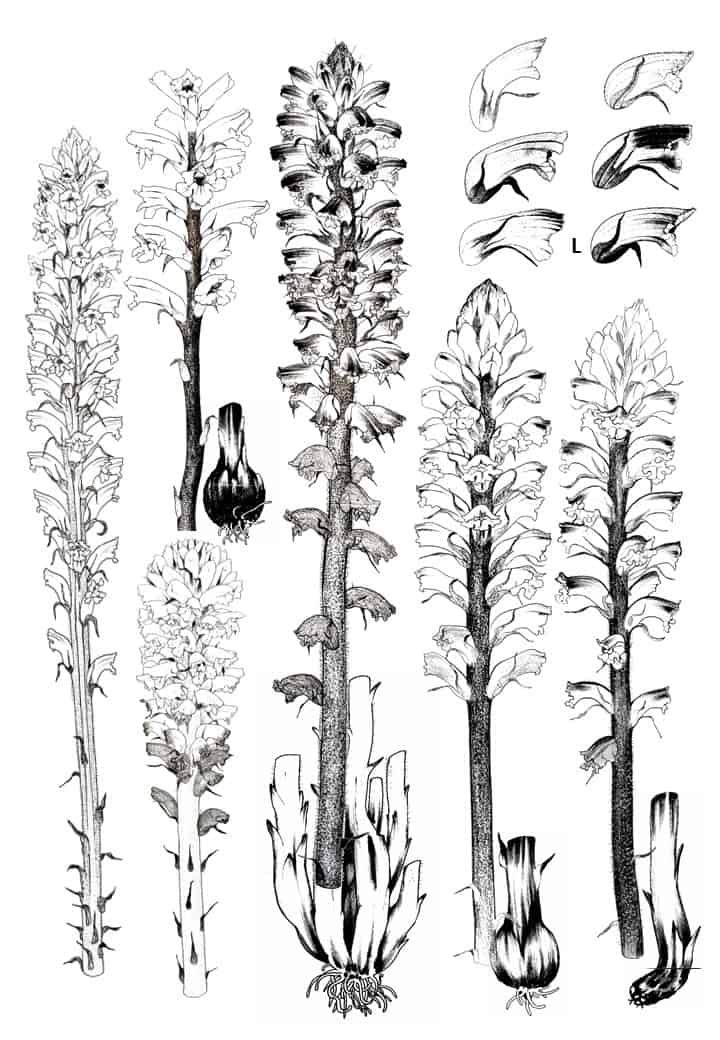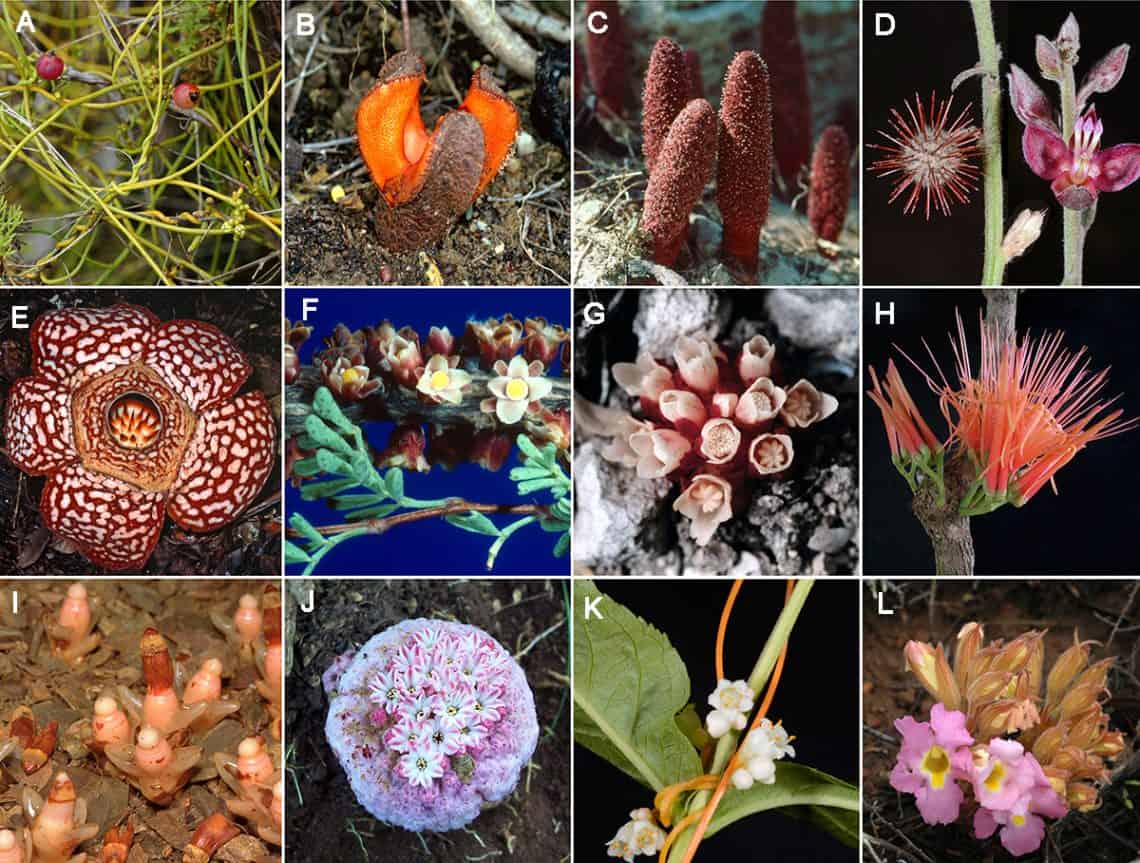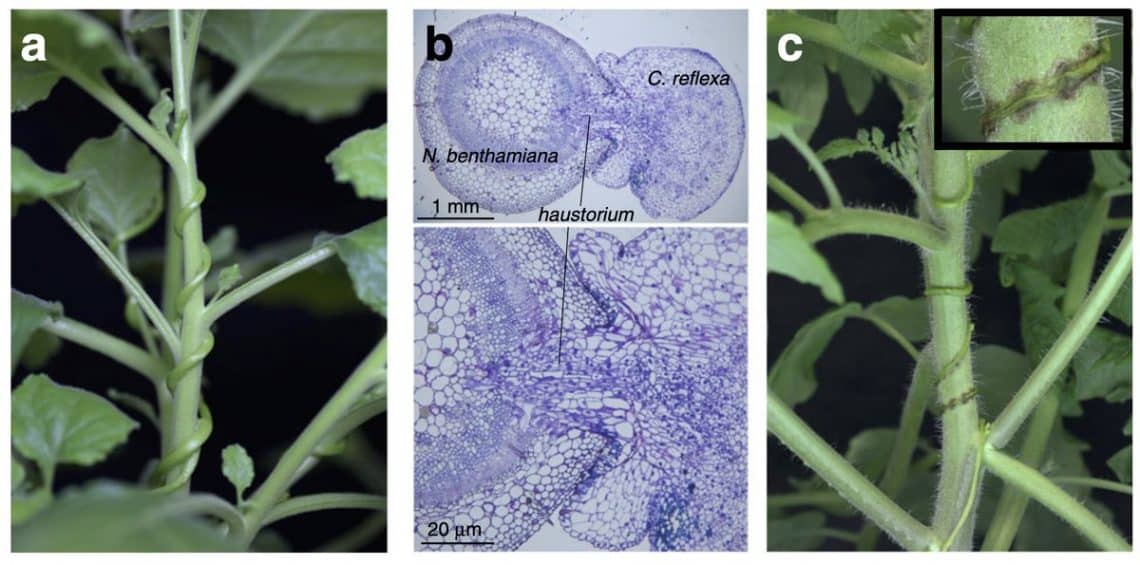Information on parasitic and non-parasitic weed occurrence within croplands is vital but is often unavailable to support weeding practices and improve cropland productivity assessments. Until now, few studies have been conducted to estimate weed abundances within agroecological systems from spaceborne images over wide-area landscapes, particularly for the genus Striga. In this study, we attempt to […]
An innovative model developed using satellite-based data and machine learning algorithms detects the parasitic Striga species within complex agroecological systems
